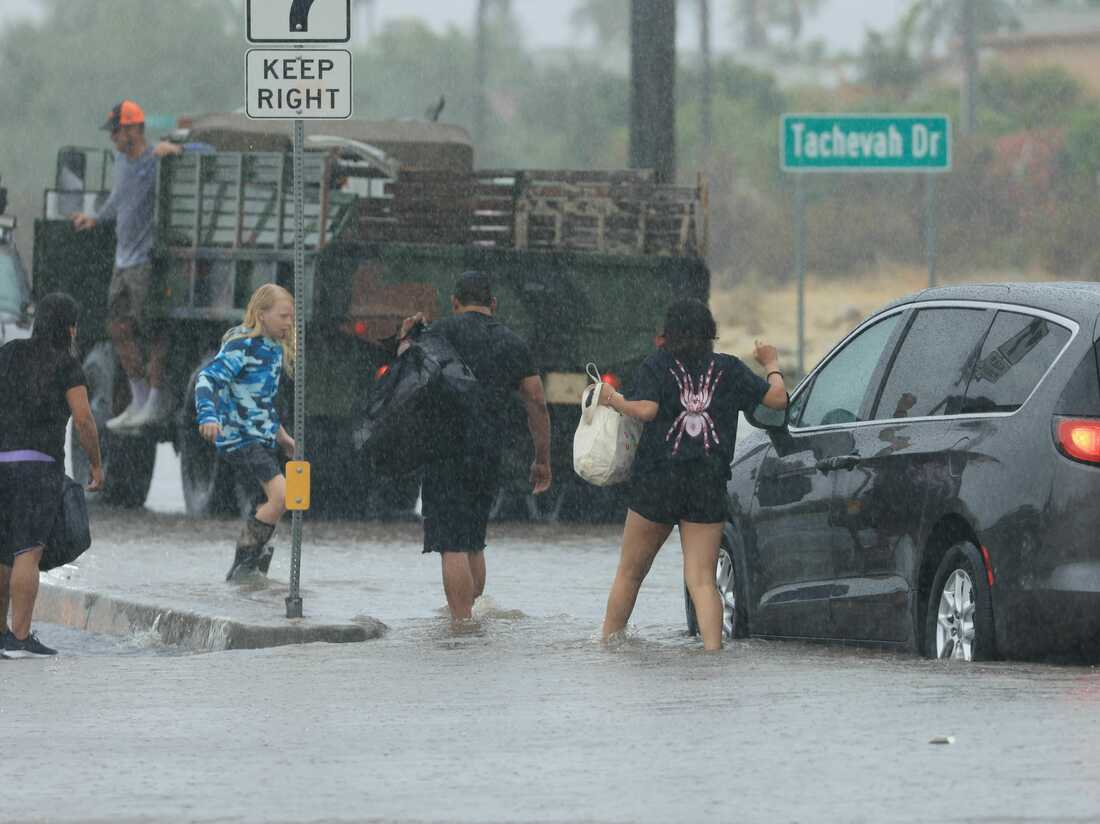A hurricane is a type of tropical cyclone that forms over warm ocean waters in the Atlantic, Pacific, and Indian Oceans. Hurricanes are also known as typhoons or cyclones in other parts of the world.
Characteristics:
1. Strong winds: 74 mph (119 km/h) or higher
2. Heavy rainfall
3. Storm surge (rise in sea level)
4. Thunderstorms and lightning
5. Eye of the storm (calm center)
Causes:
Hurricanes form when a combination of atmospheric and oceanic conditions come together:
1. Warm ocean waters (at least 80°F/27°C)
2. Moisture-rich air
3. Low atmospheric pressure
4. Wind shear (change in wind direction/speed)
5. Pre-existing weather disturbances (e.g., tropical waves)
Formation Process:
1. Evaporation: Warm ocean waters evaporate moisture into the air.
2. Condensation: Water vapor condenses into clouds.
3. Thunderstorms: Clouds grow into thunderstorms.
4. Rotation: Wind shear and Coriolis force create rotation.
5. Eye formation: Calm center develops as storm intensifies.
Stages:
1. Tropical disturbance
2. Tropical depression (winds < 39 mph)
3. Tropical storm (winds 39-73 mph)
4. Hurricane (winds 74 mph+)
Classification:
Hurricanes are categorized based on wind speed using the Saffir-Simpson Hurricane Wind Scale:
1. Category 1: 74-95 mph
2. Category 2: 96-110 mph
3. Category 3: 111-129 mph
4. Category 4: 130-156 mph
5. Category 5: 157 mph+
Understanding hurricanes helps predict and prepare for these powerful storms.
Shared by
Okey Goodluck Nwankwo
Ike Nibo
